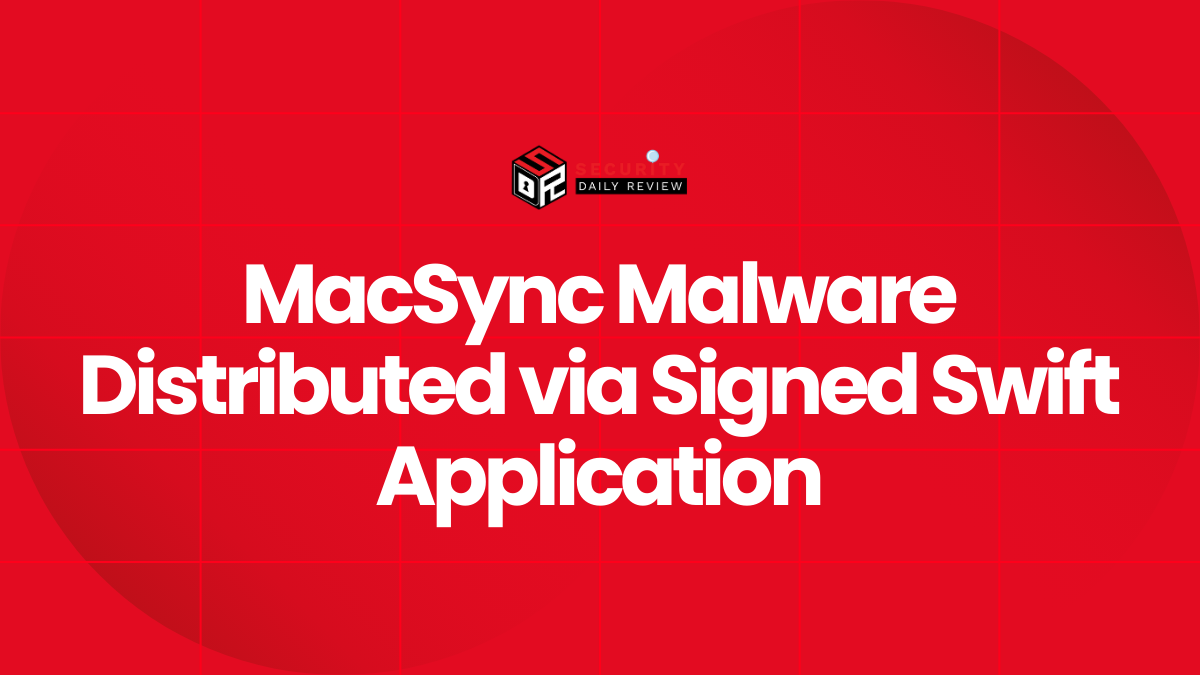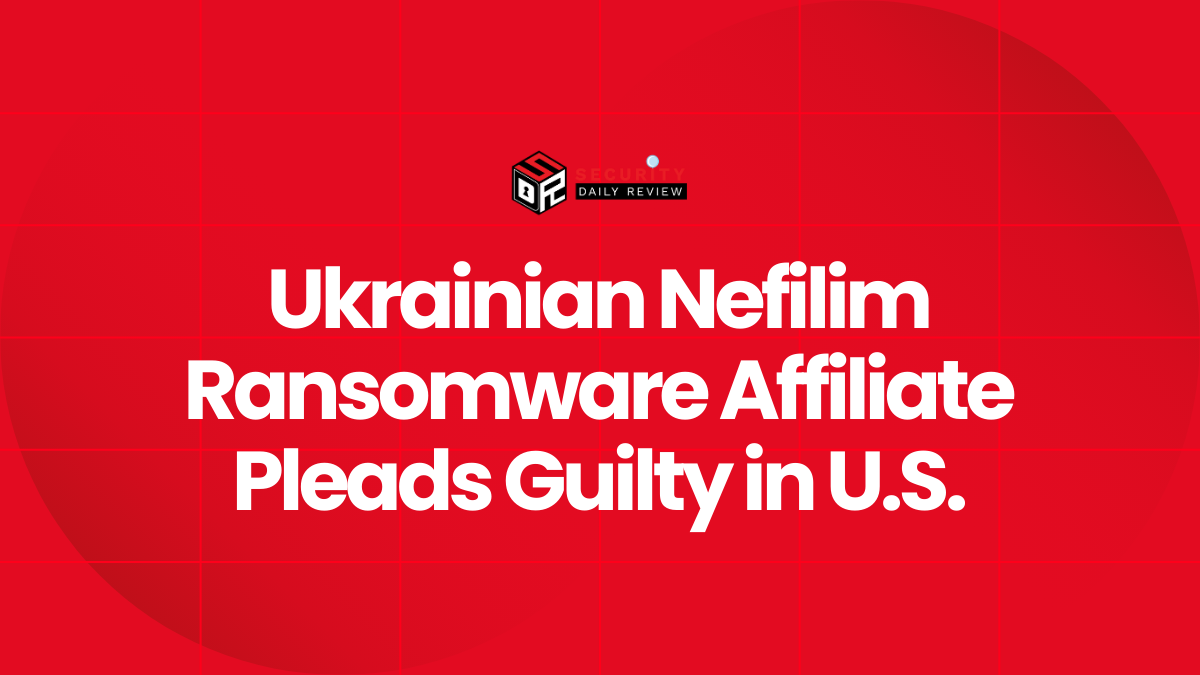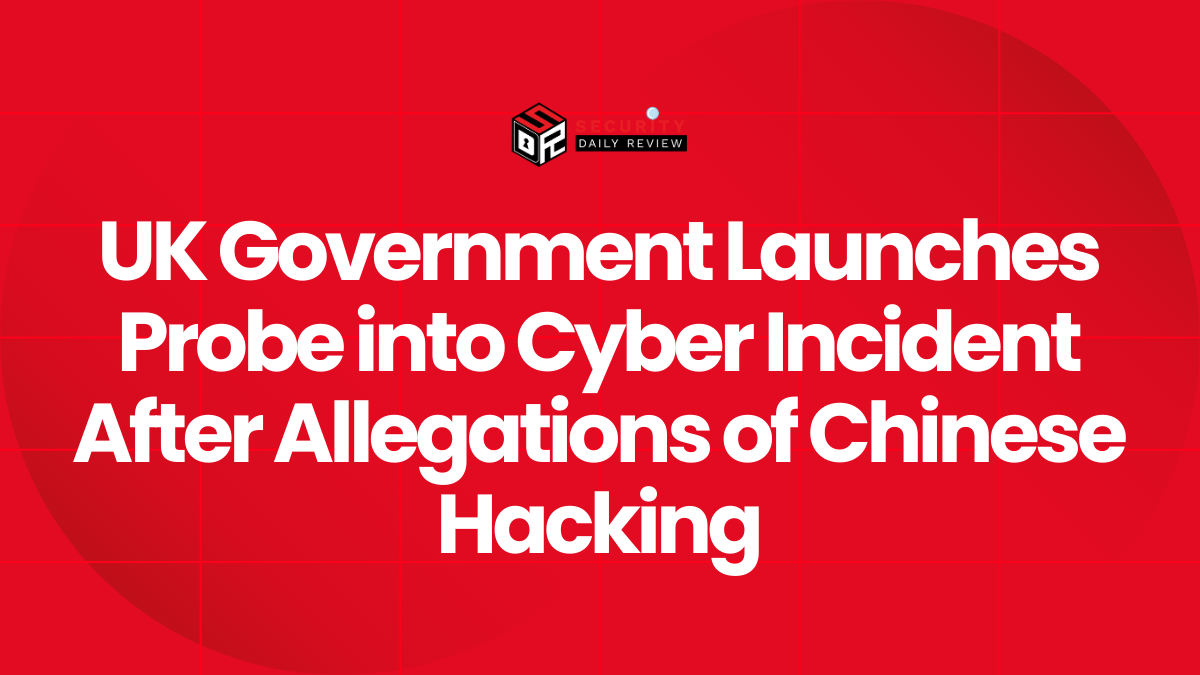A MoneyGram cyberattack resulted in the theft of sensitive customer data, including transaction details, personal information, and government IDs.
The Breach: Timeline and Scope
MoneyGram initially discovered the cyberattack on September 27th, 2024, leading to a five-day shutdown of its IT systems. The MoneyGram cyberattack prevented customers from accessing their accounts or transferring funds. However, further investigation revealed that the attackers had gained unauthorized access to the MoneyGram network even earlier, between September 20th and 22nd, 2024. During this period, the hackers exfiltrated a significant amount of sensitive customer information.
The stolen data included a wide range of personal information, varying in scope depending on the individual customer. According to MoneyGram’s data breach notification, the compromised data encompassed:
- Transaction information (dates and amounts)
- Email addresses
- Postal addresses
- Names
- Phone numbers
- Utility bills
- Government-issued IDs (driver’s licenses, etc.)
- Social Security numbers (a limited number)
- Bank account numbers
- MoneyGram Plus Rewards numbers
- For a limited number of consumers, criminal investigation information (related to fraud)
The Attack Vector: Social Engineering
BleepingComputer initially reported that the MoneyGram cyberattack was likely executed through a social engineering attack targeting the company’s IT help desk. Threat actors successfully impersonated an employee, gaining initial network access. Once inside, they focused on compromising Windows Active Directory services to steal employee credentials and further escalate their privileges. This highlights the effectiveness of social engineering as a primary attack vector, even against large organizations with presumably robust security measures in place.
Investigation and Response
CrowdStrike, a cybersecurity firm, is assisting MoneyGram in its investigation of the incident. While the perpetrators remain unidentified, and no group has claimed responsibility, MoneyGram has confirmed that the MoneyGram cyberattack was not a ransomware attack. The absence of a ransomware demand doesn’t diminish the severity of the data breach; the theft of sensitive customer data presents significant risks of identity theft and financial fraud. The MoneyGram cyberattack response strategy is crucial for mitigating the long-term consequences.
Lessons Learned from the MoneyGram Cyberattack
This incident serves as a stark reminder of the ongoing threat posed by cyberattacks targeting financial institutions. The MoneyGram cyberattack demonstrates the need for:
- Enhanced employee security awareness training: To prevent social engineering attacks.
- Robust multi-factor authentication (MFA): To protect against unauthorized access.
- Regular security audits and penetration testing: To identify and address vulnerabilities.
- Incident response planning: To effectively manage and mitigate the impact of future attacks.
The MoneyGram cyberattack emphasizes that even organizations with established security protocols can be vulnerable to sophisticated attacks. Proactive security measures and continuous vigilance are crucial in protecting against these threats. The MoneyGram cyberattack investigation continues, and affected customers should remain vigilant and monitor their accounts for any suspicious activity.









